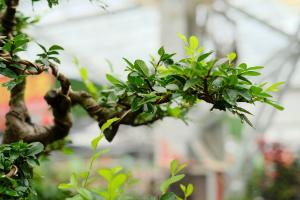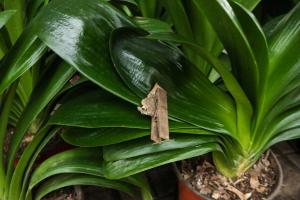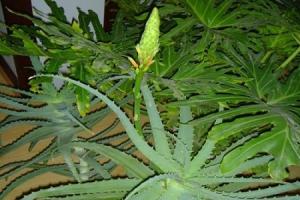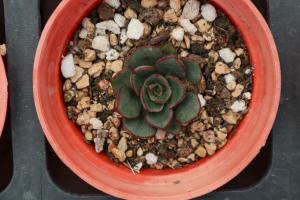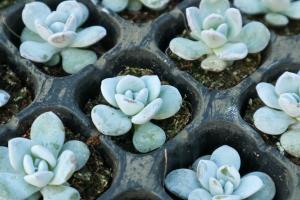When to Remove Tomato Plants
Tomato plants are a tasty and versatile addition to any vegetable garden. But like all plants, they have a limited lifespan and must eventually be removed. Knowing when to remove tomato plants is important in order to maximize your harvest and ensure the health of your garden for future seasons. Here are some tips on when and how to remove your tomato plants.
End of Growing Season
The most common time to remove tomato plants is at the end of the growing season. As the weather begins to cool and daylight hours decrease, tomato plants start to slow down their growth and productivity. They may stop producing fruit altogether or only produce small, inferior tomatoes. This is a sign that the plant has reached the end of its life and should be removed. In most areas, this will occur in late summer or early fall.
Killing Frost
Another indicator of the end of the growing season is the first killing frost. This is a frost that is severe enough to kill any remaining plants in the garden. While some gardeners may choose to cover their tomato plants to extend the growing season, eventually a killing frost will occur and the plants will need to be removed. Once the tomatoes have been harvested, it is best to remove the entire plant, roots and all, to prevent diseases from overwintering in the soil.
Disease or Pest Infestations
If your tomato plants are suffering from disease or pest infestations, it may be necessary to remove them before the end of the growing season. Diseases such as blight or wilt can spread quickly and infect other plants in the garden, so it is important to remove infected plants as soon as possible. Similarly, if your tomato plants are being attacked by pests such as aphids or spider mites, removing the affected plants can help prevent the infestation from spreading to other plants.
Clear the Garden Bed
Once your tomato plants have been removed, it is important to clear the garden bed of any remaining debris. This can help prevent diseases from overwintering in the soil and provide a clean slate for next year's garden. You can compost the plant material or dispose of it in the trash, but be sure not to compost any plants that are infected with disease.
Conclusion
In summary, knowing when to remove tomato plants is an important part of maintaining a healthy vegetable garden. Whether your plants have reached the end of their lifespan, are suffering from disease or pests, or have been affected by the first killing frost, removing them at the right time can help maximize your harvest and ensure a healthy garden for years to come.

 how many times do yo...
how many times do yo... how many planted tre...
how many planted tre... how many pine trees ...
how many pine trees ... how many pecan trees...
how many pecan trees... how many plants comp...
how many plants comp... how many plants can ...
how many plants can ... how many plants and ...
how many plants and ... how many pepper plan...
how many pepper plan...